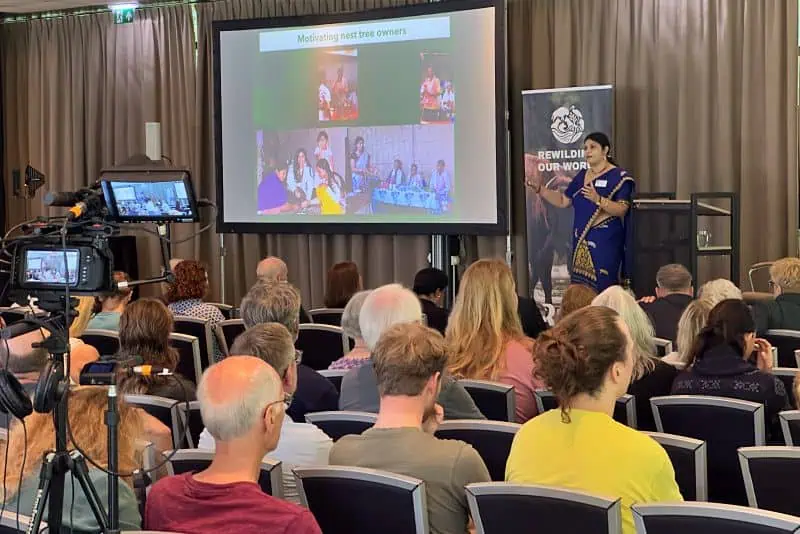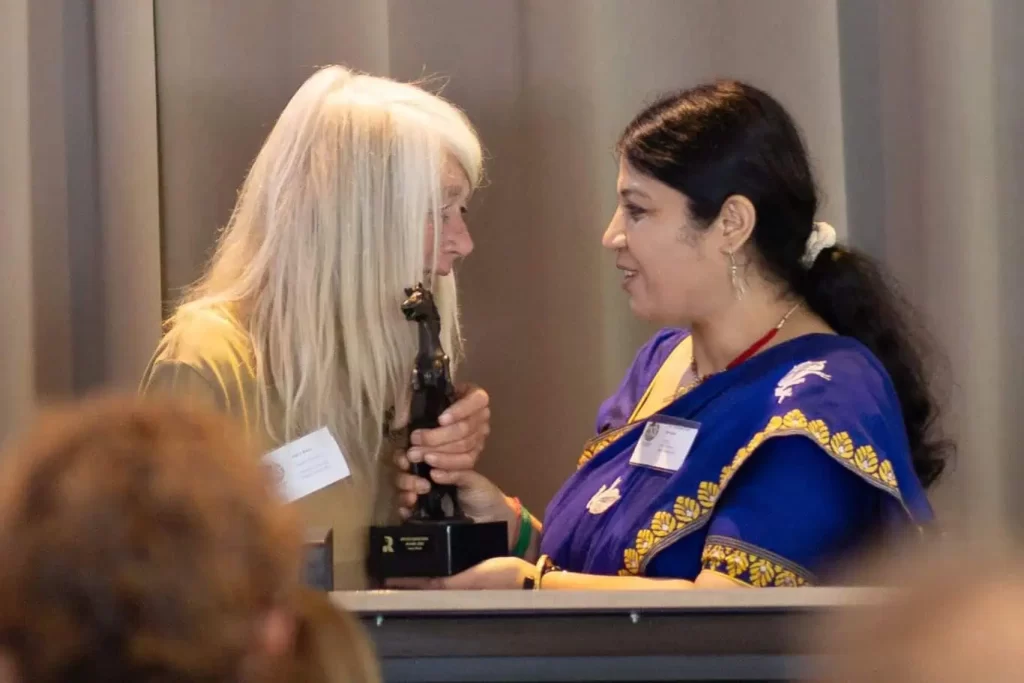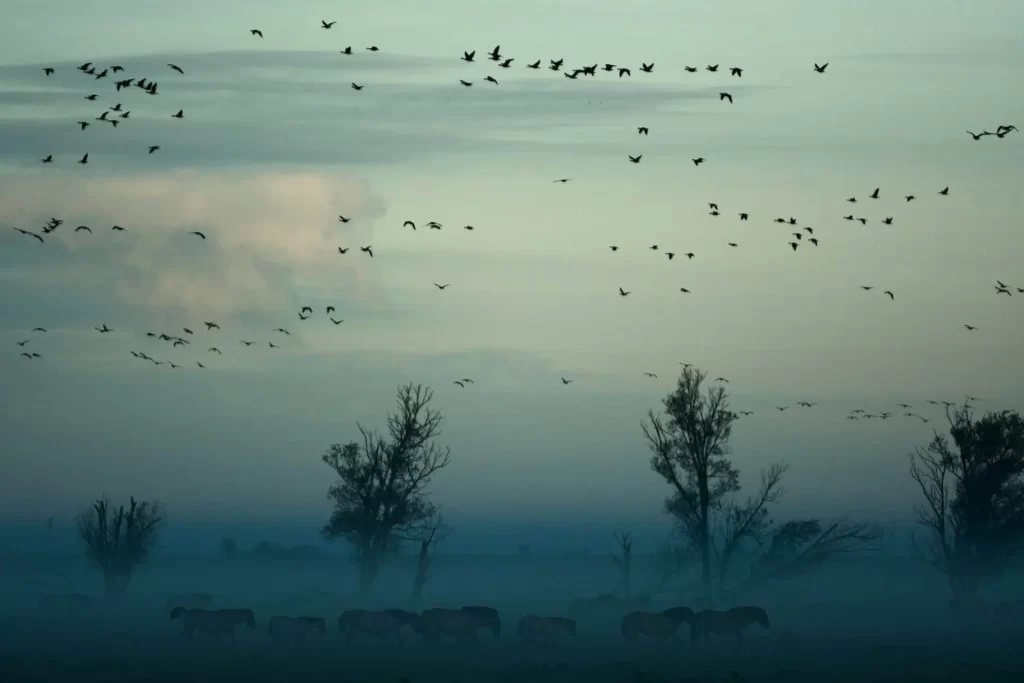Share:
Rethinking Protection: A New Map for Europe’s Wild Future
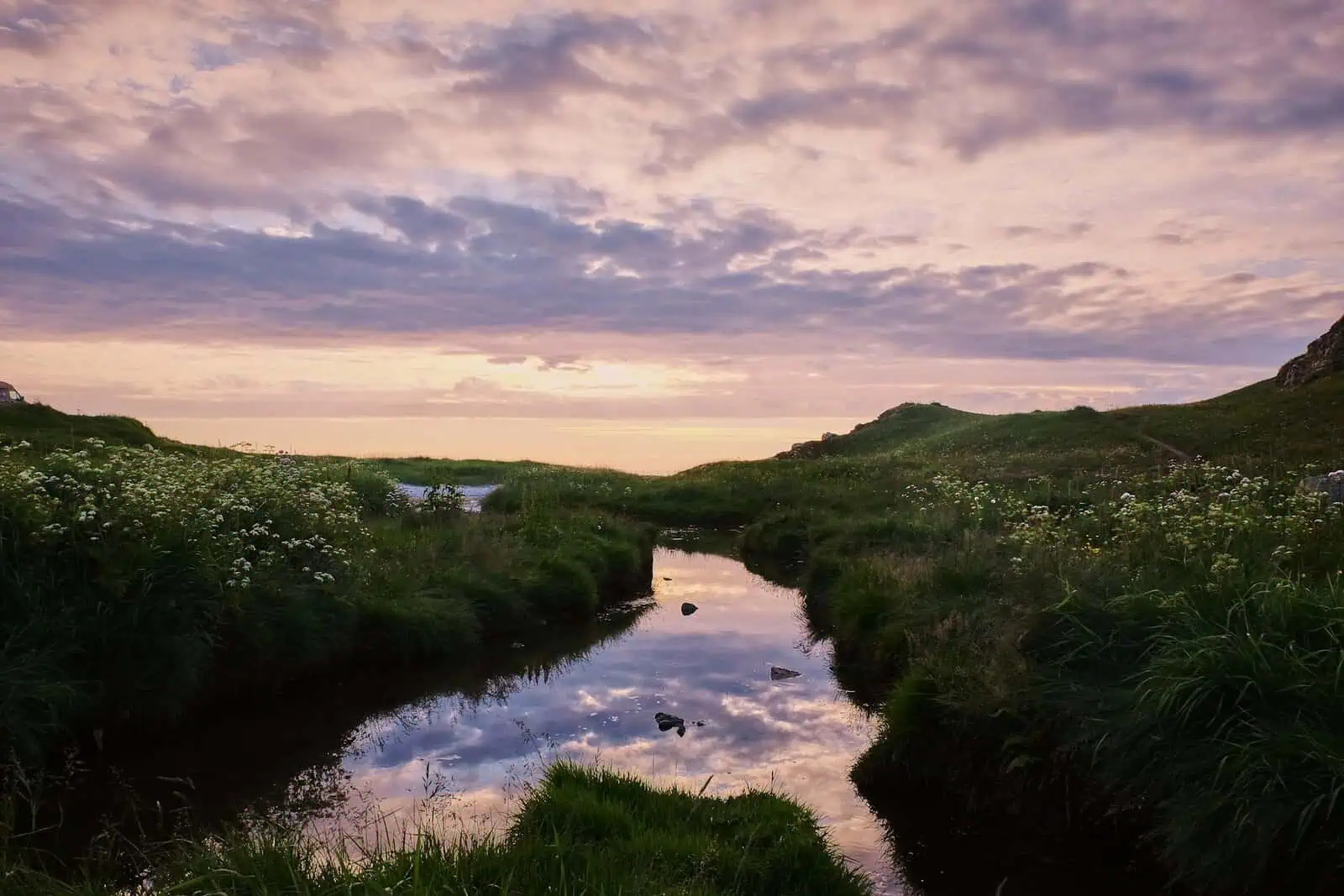
As the climate and biodiversity crises deepen, scientists and conservationists across Europe are rallying around a bold, urgent vision: to reconnect fragmented landscapes, restore threatened habitats, and create a truly continental approach to conservation. A major step toward that vision is being charted by NaturaConnect, a pan-European project developing science-based scenarios to help countries meet — and surpass — the EU’s 2030 Biodiversity Strategy goals. At the heart of this effort lies a deceptively simple idea: nature knows no borders, and neither should conservation.
A Trans-European Network for Nature
The project’s core ambition is to build a Trans-European Nature Network (TEN-N) — an interconnected mosaic of protected areas, ecological corridors, and semi-natural landscapes. While protected areas currently cover about 26% of the EU’s land, only a fraction enjoys strict protection, and many key species remain underrepresented. Using a method called Integrated Spatial Planning (ISP), NaturaConnect identifies where new protection can do the most good — especially for species and habitats in decline. The project emphasizes targeting protection where it delivers the highest conservation value, not just where it’s politically convenient.
Going Beyond Borders
One of the brief’s most striking findings is that EU-wide planning outperforms national efforts. When countries plan conservation independently, they often prioritize species that are rare nationally — but common elsewhere. In contrast, cross-border collaboration ensures attention goes to truly endangered and range-restricted species, maximizing biodiversity gains across Europe. Maps created through ISP show that shared planning leads to more cost-effective, complementary, and resilient conservation outcomes. “We can do more with the same space if we work together,” says Dr. Martin Jung, lead analyst for the project.
Strict Protection: Not One-Size-Fits-All
The concept of “strict protection” — areas where natural processes are left largely undisturbed — is gaining traction in EU policy. But NaturaConnect highlights a nuanced reality: different places require different strategies. Some sites may thrive under total non-intervention, while others, like ancient wetlands or species-rich pastures, may need active management to support biodiversity. The team is also exploring how strict protection could align with social and cultural values, ensuring that communities remain allies in restoration efforts.
Next Steps: A Living Plan for a Wilder Europe
Over 100 experts from 20+ institutions are contributing to NaturaConnect. Their evolving models will soon incorporate ecosystem services, climate change resilience, and socio-economic costs, aiming to deliver a roadmap that is scientifically sound and politically feasible. The message is clear: we can still choose a future where Europe’s landscapes pulse with wildness, resilience, and life — but only if we plan smartly, inclusively, and together.
🔗 Read more about NaturaConnect and the full science brief here.
📩 Contact the Rewilding Academy if you’d like to collaborate on transnational conservation planning.

